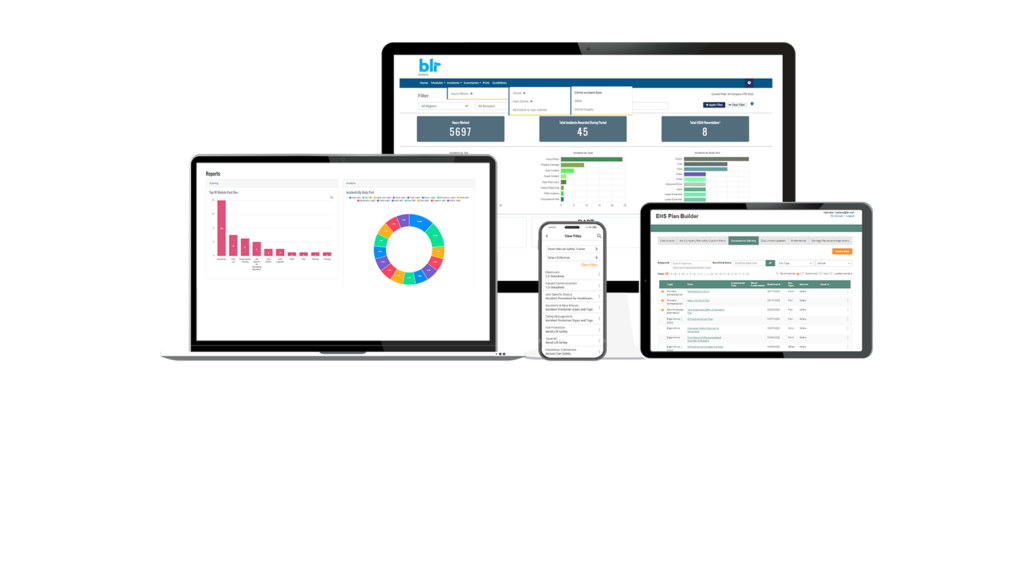
Everything you need to create effective and legal HR policies
A policy is a set of rules that help employers make consistent and legal decisions and take appropriate actions. The employers’ goals and beliefs form the basis for these rules. A comprehensive written policy manual is essential in today’s complex, competitive, and regulation-ridden corporate environment.
There must be a single, up-to-date, authoritative source of guidance and information to which managers and supervisors can turn not only in situations where the “right” course of action is unclear but also in cases where they are tempted to act on memory or instinct.
With a policy manual to point the way, or to back up what they feel is a justifiable action or decision, company managers and supervisors will be able to act swiftly, decisively, fairly, legally, and consistently.
Written policies should do more than help supervisors and managers make difficult decisions. They should also provide the framework and background for such decisions, so that supervisors can explain to their subordinates (and to themselves) why a certain action or decision is the right one under the circumstances. Some policy manuals give a brief introduction to each policy, stating the reason a policy is needed in this area, and what the employer hopes to achieve through implementation of the policy.
Employee handbooks may create legal liability issues when a policy either runs counter to a law mandate or when breach of contract or wrongful discharge claims arise from any failure to follow handbook policies and procedures. While employee handbook policies must be written within the context of the various federal and state laws governing employment, they should be written in a way that employees and supervisors (and a potential jury) understand.
In addition, employers must take care to preserve the at-will relationship in states where that is the standard. For example, many state courts have held that disciplinary policies included in employee handbooks can create implied contracts requiring employers to follow all the disciplinary steps before terminating an employee. This is problematic, especially when an employer is faced with an employee who has engaged in serious misconduct. Therefore, employers should make sure their policies include appropriate language reserving the right to decide what disciplinary action is appropriate in any given situation.
When drafting policies, employers should:
- Avoid technical jargon where possible. Consult an attorney when creating policies, but avoid using complicated legal language or jargon in your policy writing. Policies should be easy to understand so employees can follow it and your supervisors can consistently apply it. This also applies to third parties, if you ever must defend your policy in court.
- Use short, simple sentences.
- Use active verbs as much as possible and avoid passive voice. For example, “Employees must call their immediate supervisors to report unexpected absences” is an active sentence. “Supervisors must be contacted by telephone in the event of an unexcused employee absence” is a passive sentence. Though both sentences say the same thing, the first is more straightforward.
If an employer has an employee handbook for policies, the handbook should include:
- An at-will statement and contract disclaimer
- A statement regarding the employer’s right to revise the policies
- An acknowledgment form for the employee to sign
The following policies are what many HR professionals and legal counsel consider “must haves:”
- Equal Employment Opportunity (EEO) statement (covering Title VII of the Civil Rights Act, the Americans with Disabilities Act, Age Discrimination in Employment Act, and relevant state discrimination law)
- Policy against harassment and the complaint procedure
- Family and Medical Leave Act (FMLA) policy
The following are other policies that HR professionals should consider for their organization:
- Employee classification (exempt/nonexempt) policy
- Compensation and payroll practices policy
- Paid time off policy
- Paid parental leave policy
- Leaves of absence (non-FMLA) policy
- Other benefits policy
- Performance evaluation policy
- Work rules and discipline policy
- Access to personnel files policy
- Meal and break periods
- Telework policy
- Cybersecurity policy
- Reference policy
- Employee candidate referral program
- Social media and electronic monitoring
- Drug testing and medical marijuana
- Grooming and dress code
- Grievance or open-door policy
- Other policies unique to the organization (like safety, encouraging volunteerism, etc.)


